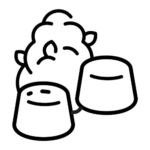In the world of plant cultivation, particularly within the realm of cannabis growth, two prominent techniques stand out for optimizing plant structure and maximizing yield: topping or fimming. Both methods are highly debated among growers, with each camp advocating for its preferred technique’s superiority. This article delves into the nuances of topping and fimming, shedding light on their methodologies, benefits, and drawbacks to ascertain which technique holds the upper hand.
- Air Circulation for Indoor Cannabis Grow: Elevating Quality
- Reasons Why Your Cannabis Flowers Grow Slowly
- Growing Cannabis: Clones or Seeds, Which is Best?
Basics of Topping and Fimming
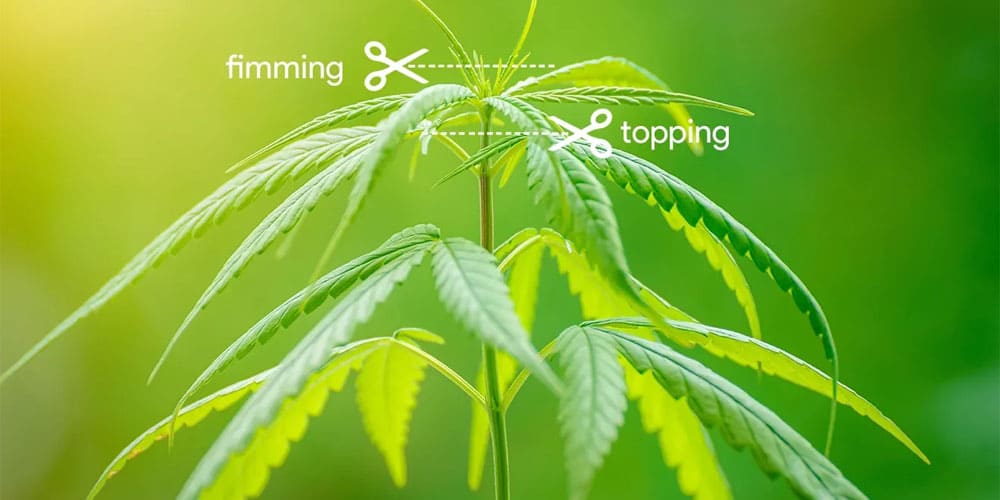
Before diving into the comparative analysis, it’s essential to grasp the fundamental principles behind topping and fimming. Topping involves cutting off the top of a plant’s main stem, which encourages the growth of two main branches from the node just below the cut. This method is aimed at creating a bushier plant with more branches, potentially leading to a higher yield.
Fimming, short for “F**k I missed,” ostensibly gets its name from an accidental discovery. It involves pinching or cutting off the top of the main stem but leaving behind a portion of the newest growth. This technique aims to encourage the plant to produce four or more new main branches from the point of the cut, promoting even bushier growth than topping.
The choice between topping or fimming can significantly impact a plant’s growth structure, yield, and overall health. Here’s a closer look at the factors that distinguish these two techniques and how they contribute to the cultivation process.
Savor the timeless allure of Blueberry 2 Original Mini Joints, where each 0.5-gram joint embodies the essence of this beloved indica strain. Renowned for its sweet, authentic blueberry aroma and taste, Blueberry provides a sensory journey like no other.
Efficiency and Growth Patterns
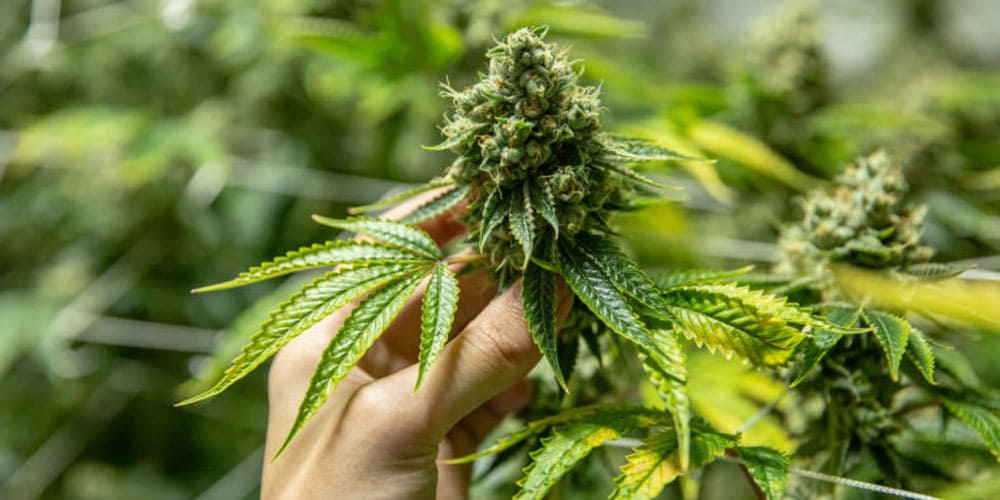
The efficiency of topping and fimming lies in their ability to transform a plant’s vertical growth into lateral expansion, thereby optimizing light exposure across a more significant number of branches and leaves. Topping is heralded for its predictability and ease of application, making it a go-to for many gardeners seeking uniformity and balance in their plants’ canopy. The dual branches that emerge post-topping are symmetrical, facilitating an even distribution of resources and light.
Conversely, fimming’s appeal lies in its potential for explosive bushiness, a characteristic especially valued in certain types of cultivation where leaf volume translates directly to productivity. However, this method’s less predictable outcomes require a grower’s keen eye and timely intervention to shape the plant effectively. Both techniques, when applied correctly, can dramatically enhance a garden’s overall efficiency, albeit through distinctly different growth patterns.
Recovery Time and Stress on Plants
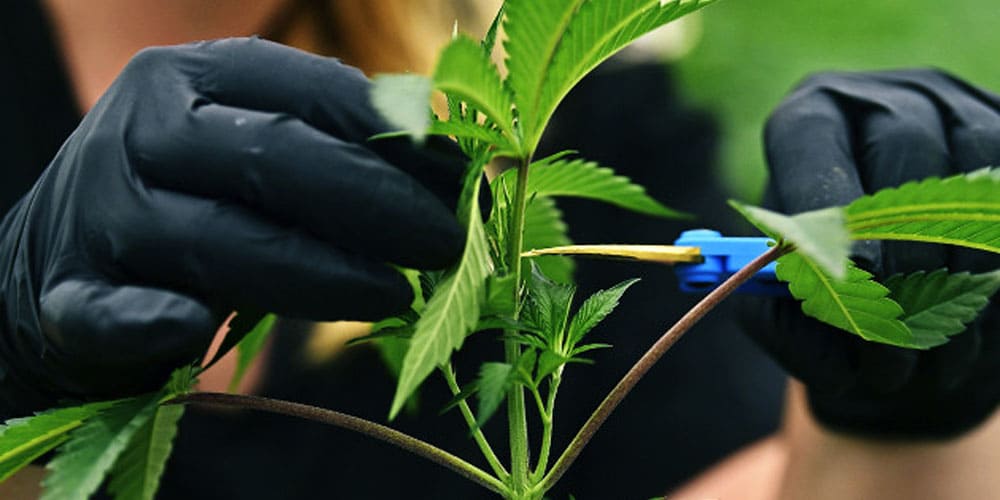
The introduction of stress through topping or fimming is a calculated risk that, when managed properly, leads to a more robust and fruitful plant. Topping, by nature of its more drastic cut, tends to impose a higher stress level on the plant. This stress response can temporarily slow vertical growth as the plant reallocates energy to heal and expand laterally. The recovery period is a critical phase where the grower must ensure optimal conditions to support the plant’s resilience and growth vigor.
Fimming, offering a gentler alternative, generally results in a quicker recovery time. The lesser amount of plant material removed means reduced shock to the plant’s system, allowing for a speedier resumption of growth. This quicker turnaround is advantageous in shorter growing seasons or when trying to maximize turnover in commercial operations. Nonetheless, the success of either method heavily depends on the grower’s attentiveness to the plant’s subsequent needs post-recovery.
Savor the exquisite pairing of Cotton Candy & White Truffle Hash Hole Pre-Roll, a luxurious 2.5g hybrid that merges the euphoric bliss of Cotton Candy with the deep calm of White Truffle.
Yield Potential
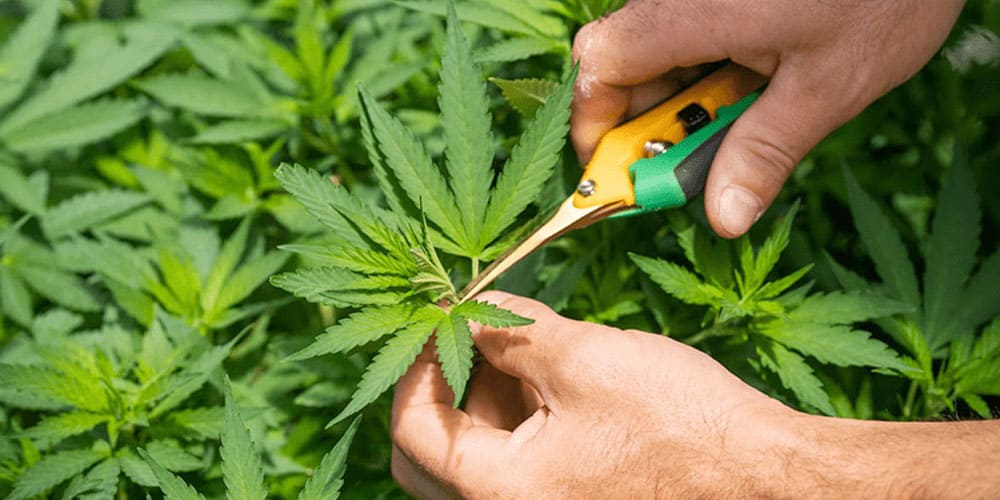
The allure of both topping and fimming lies in their promise to enhance a plant’s yield potential. By multiplying the number of main branches, these techniques expand the plant’s physical framework, which in turn can support more flowers or fruits. Topping’s more predictable nature allows for strategic planning of plant spacing and canopy management, essential factors in maximizing light penetration and air flow among the branches.
Fimming, with its potential to quadruple the growth points, theoretically offers a greater increase in yield. However, this increase is contingent upon the grower’s ability to manage a denser canopy, ensuring each bud site receives sufficient light and air. The balancing act between increasing yield potential and maintaining plant health is a nuanced challenge that both topping and fimming present to cultivators.
Skill Level and Labor Intensity

Topping’s straightforward technique makes it accessible to growers of all skill levels, offering a reliable method to improve plant structure and yield with minimal risk. It serves as an excellent introduction to plant training methods, providing clear results and feedback for the grower to learn from. This simplicity, however, does not detract from the technique’s effectiveness, making it a staple in both amateur and professional cultivation practices.
Fimming requires a more nuanced touch and a deeper understanding of plant growth patterns. The precision involved in leaving just the right amount of the top can be daunting for novices but offers a rewarding challenge for more experienced gardeners. The increased labor intensity in managing a bushier plant post-fimming also translates to a higher demand on the grower’s time and resources, making it a method better suited for those willing to invest in intensive plant care.
Embrace the chilling thrill of Freeze Ghost 7 Diamond Infused Mini Joints, where potency meets mystery in an indica-dominant marvel. This strain promises a balanced journey through euphoria to relaxation, all while tantalizing your taste buds with a cool.
Topping or Fimming: Making the Choice
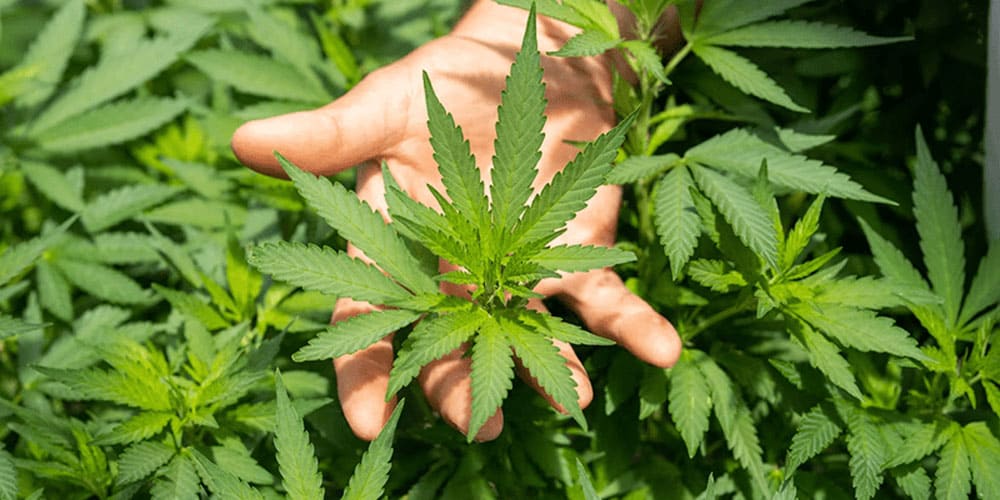
Choosing between topping and fimming is a decision that extends beyond simple preference, delving into the intricacies of cultivation goals, plant species, and environmental conditions. Topping offers a foolproof method for those seeking structure and simplicity, creating a predictable outcome that can be easily managed and replicated across different growing cycles. It is ideal for cultivators looking for an uncomplicated approach to increase their plant’s yield without significantly altering their regular care routines.
Fimming, while more complex, opens the door to greater yield potential and a more engaging cultivation experience. It suits the adventurous grower who enjoys experimenting with plant training techniques and is prepared to tackle the challenges of a denser canopy. Ultimately, the choice between topping or fimming should be informed by the grower’s expertise, the specific needs of the plant, and the desired outcomes of the cultivation project. Both methods have their place in the gardener’s toolkit, each offering a unique path to maximizing a plant’s genetic potential.












